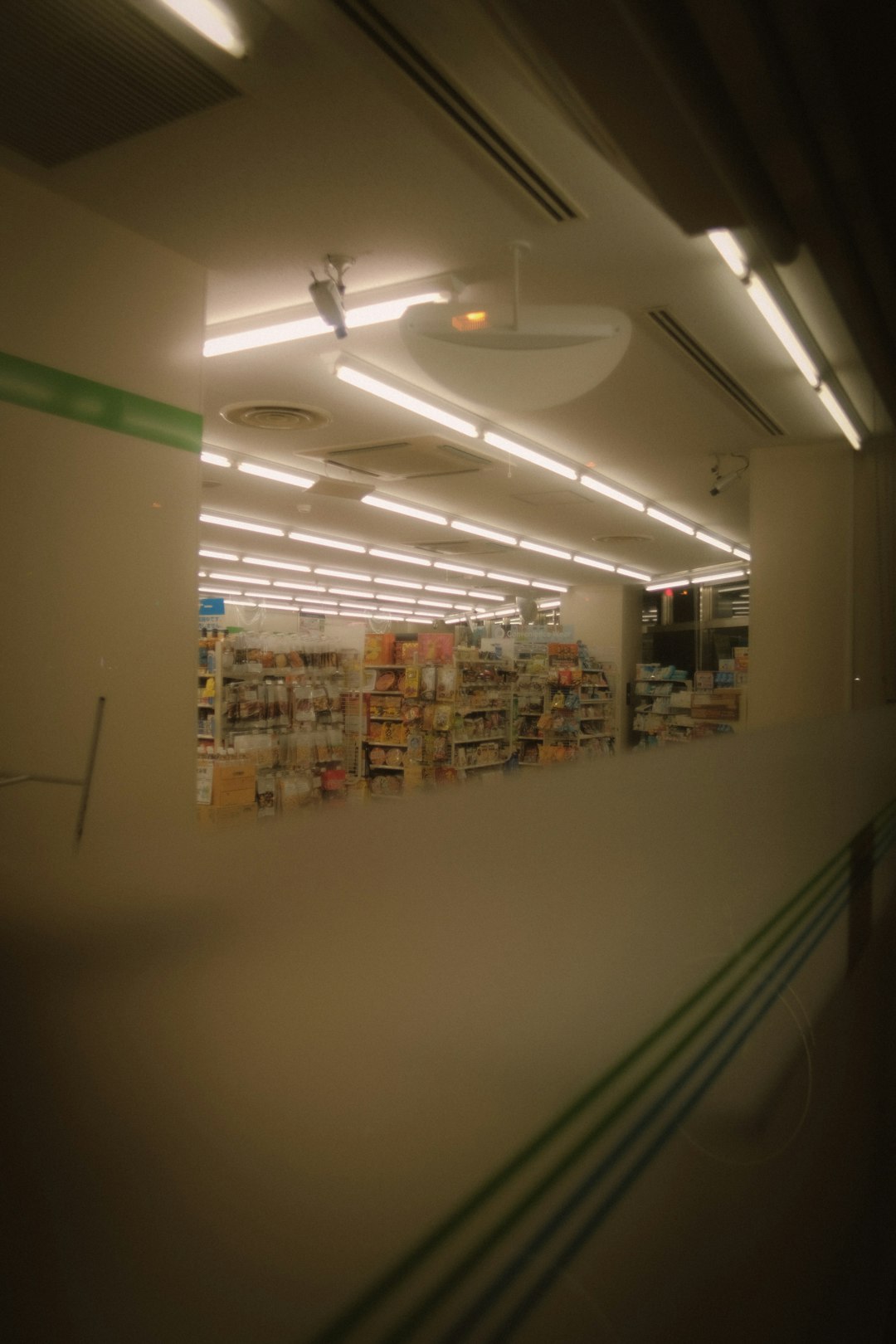
Graphics Card Pricing Trends in Japan vs. USA: Which Is Cheaper?
Whether you’re a PC enthusiast, gamer, or professional looking for high-performance hardware, the cost of a graphics card is often one of the most important considerations. Over the past few years, the pricing of graphics cards has gone through dramatic fluctuations due to global supply chain disruptions, cryptocurrency booms, and semiconductor shortages. But when it comes to geography, how much you pay for a GPU can vary greatly. Today, we explore the differences in graphics card pricing trends between Japan and the USA — and try to determine where you can get the better deal.
Understanding the Basics of GPU Pricing
Before delving into comparisons, it’s important to understand how graphics card pricing works. The final cost of a GPU is influenced by several factors:
- Manufacturer MSRP (Manufacturer’s Suggested Retail Price)
- Import taxes and duties
- Retail markups and regional margins
- Currency exchange rates
- Demand and supply dynamics
Each of these elements plays out differently in Japan and the U.S., leading to notable price differences for the same graphics card models.
Graphics Card Prices in the USA
The U.S. remains one of the most competitive and robust markets for PC components. Thanks to a wide range of retailers — including Amazon, Newegg, Micro Center, and Best Buy — and the presence of direct sellers like NVIDIA and AMD, prices in the U.S. are often close to MSRP, especially as the market stabilizes after the pandemic-induced shortages of 2020-2022.
Additionally, the absence of VAT (Value-Added Tax) and relatively lower import duties helps keep prices lower. Here are some typical price points for popular GPUs as of early 2024:
- NVIDIA RTX 4060 Ti (8GB): Around $399 USD
- AMD Radeon RX 6700 XT: Around $349 USD
- NVIDIA RTX 4090: Around $1,599 USD
Sales events like Black Friday and seasonal discounts further enhance the affordability of GPUs in the U.S. market.
Graphics Card Prices in Japan
The Japanese PC hardware market offers its own mix of advantages and challenges. Retailers such as Yodobashi Camera, Bic Camera, and Tsukumo dominate the scene, alongside online platforms like Amazon Japan and Rakuten. While Japan doesn’t have the same breadth of discounting seen in the USA, there are still competitive offers — particularly for domestic shoppers who can leverage point-based incentives and credit card cashback deals.
However, Japan imposes a 10% consumption tax on most consumer products, including electronics. Additionally, Japan imports the vast majority of its GPU stock from overseas, introducing additional shipping and customs costs. Here are representative prices for the same GPUs in Japan:
- NVIDIA RTX 4060 Ti (8GB): Around ¥60,000 (~$420 USD)
- AMD Radeon RX 6700 XT: Around ¥54,000 (~$380 USD)
- NVIDIA RTX 4090: Around ¥250,000 (~$1,780 USD)
Clearly, Japanese prices are generally higher. One key reason is the skewed currency conversion: even if the Japanese Yen weakens, retailers rarely adjust prices downward quickly. This creates an artificial inflation of hardware costs during periods of currency instability.
[ai-img]tokyo electronics store, pc gaming section, gpu showcase[/ai-img]Online Shopping and Grey Markets
Some Japanese consumers attempt to sidestep higher prices by importing GPUs from the U.S. or using VPN-enabled services to access American retailers. However, the inclusion of international shipping fees, warranty limitations, and potential compatibility issues can be deterrents. In reverse, Americans very rarely consider importing from Japan due to the already lower domestic prices and availability.
Which Market is Ultimately Cheaper?
When purely comparing price tags, the USA consistently offers cheaper graphics cards. This is primarily due to:
- Lower baseline costs and fewer middlemen
- Seasonal sales events
- Lower taxes and logistical expenses
Meanwhile, Japan’s tech market — while robust and efficient — is still somewhat limited by higher import costs, taxes, and a slower rate of currency-adjusted pricing updates.
However, it’s important to remember that for local Japanese buyers, factors like loyalty points, easy returns, and in-store service can add real value — even if raw prices are a bit higher.
Conclusion
If your goal is to pay the least amount of money for the latest GPU, the USA is your best bet. For buyers in Japan, convenience and reliability might justify the slightly higher cost. Regardless of your location, keeping an eye on exchange rates, flash sales, and local demand trends can help you score the best deal possible on your next graphics card purchase.


